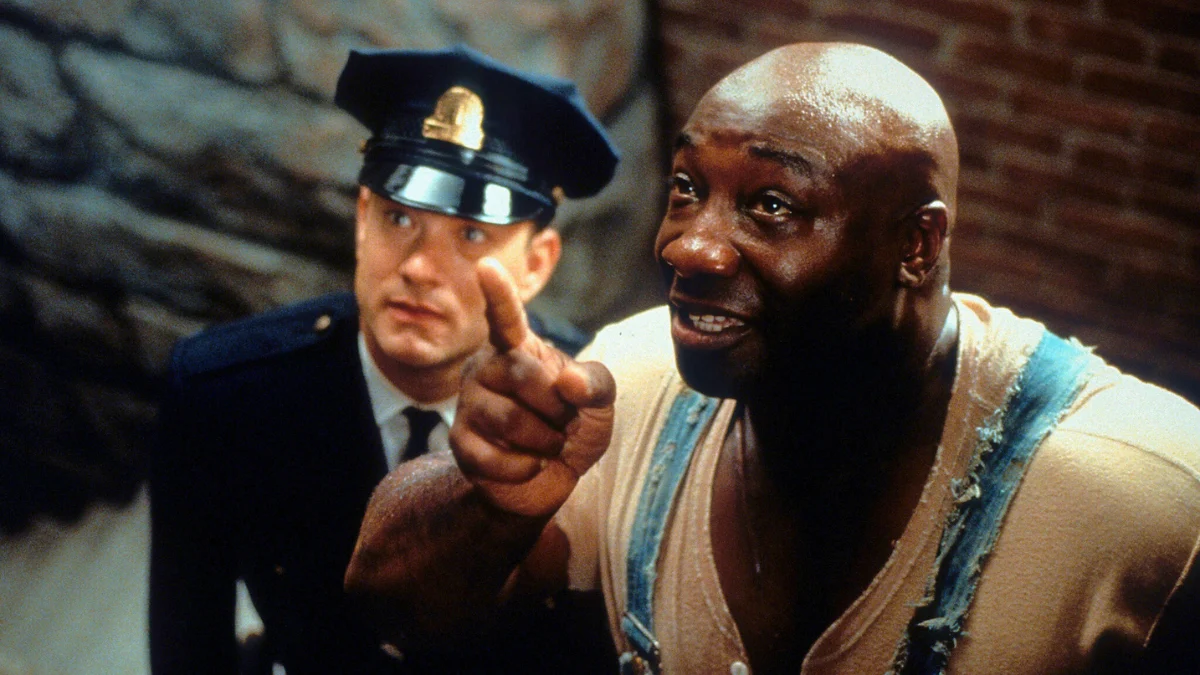
In 1999, the release of “The Green Mile” set it apart as one of the most heartfelt and impactful films of its time. Under the guidance of director Frank Darabont and adapted from Stephen King’s serialized novel, the movie presented the tale of death row guard Paul Edgecomb and his extraordinary interactions with a convict named John Coffey, who held miraculous healing abilities. With striking acting by Tom Hanks, Michael Clarke Duncan, and a dedicated supporting cast, the film garnered both critical acclaim and commercial success.
Beyond simply being a prison drama, the movie delved into topics of justice, empathy, and the mysterious, stirring emotions in viewers profoundly. Behind its heartwarming narrative and captivating aesthetics lie intriguing facts about the film’s production that many enthusiasts remain unaware of. Here are ten interesting tidbits you may not have known about ‘The Green Mile’.
Michael Clarke Duncan Was Suggested by Bruce Willis

Prior to taking on the role of John Coffey, Michael Clarke Duncan was largely an unrecognized performer. It was Bruce Willis, with whom he previously collaborated in ‘Armageddon,’ who suggested Duncan for the part to Frank Darabont.
In a flawless fit, Duncan’s acting was deeply touching and led to a well-deserved Academy Award nomination for Best Supporting Actor. His depiction of Coffey is undeniably one of the most emotionally impactful performances in contemporary filmmaking.
Tom Hanks Passed on Another Role to Join

Initially, Tom Hanks was given the chance to play Andy Dufresne in Frank Darabont’s earlier movie ‘The Shawshank Redemption.’ However, due to scheduling issues, he wasn’t able to accept the part. When ‘The Green Mile’ came about, Tom Hanks gladly seized the opportunity to star as Paul Edgecomb instead.
Through this joint effort, the partnership between Hanks and Darabont stood out as a significant milestone in their respective careers. Hank’s composed and consistent acting offered a striking contrast to Duncan’s impassioned performances.
The Film Was Shot Almost Entirely on a Single Set
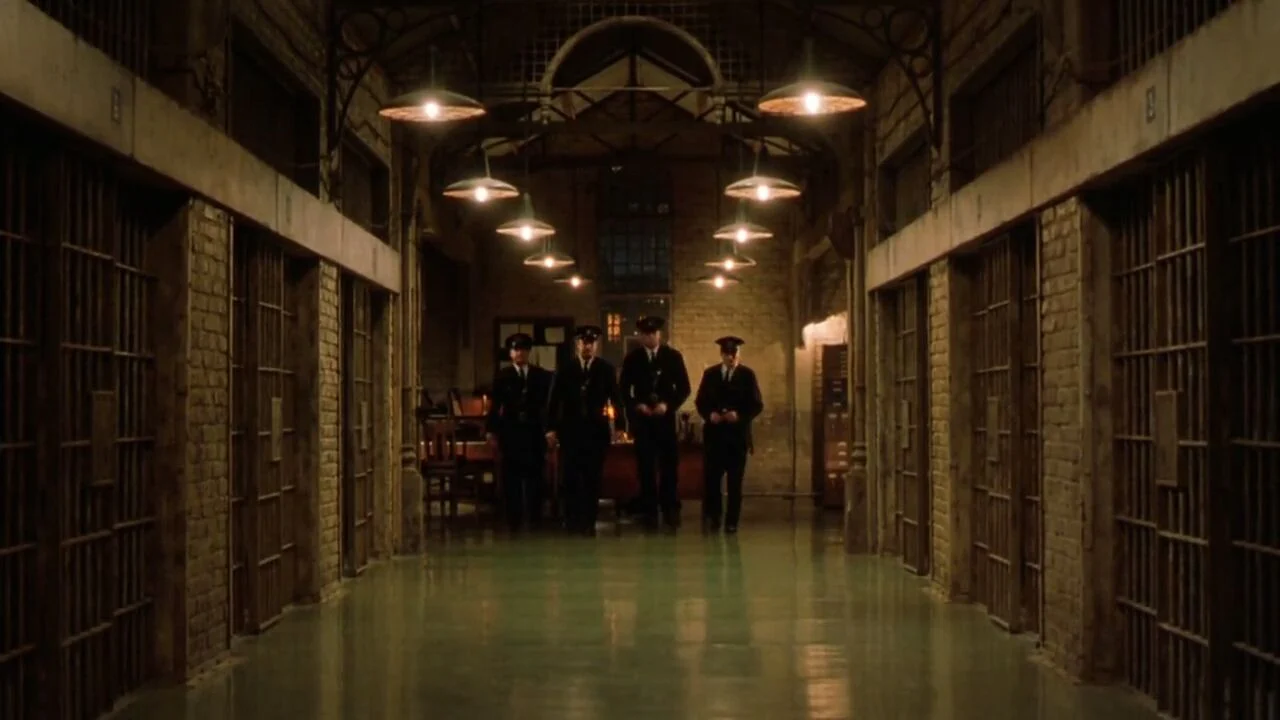
The majority of the film unfolds within “The Green Mile,” a term for death row. To create an overwhelmingly heavy ambiance, the production team constructed a colossal prison backdrop on a soundstage.
The design of the set incorporated extensive corridors and intense illumination to underscore a feeling of being enclosed. The authenticity of this setting enabled the performers to deeply engage with their surroundings, giving the movie a sense of genuine immersion and tightness.
The Mice Were Specially Trained
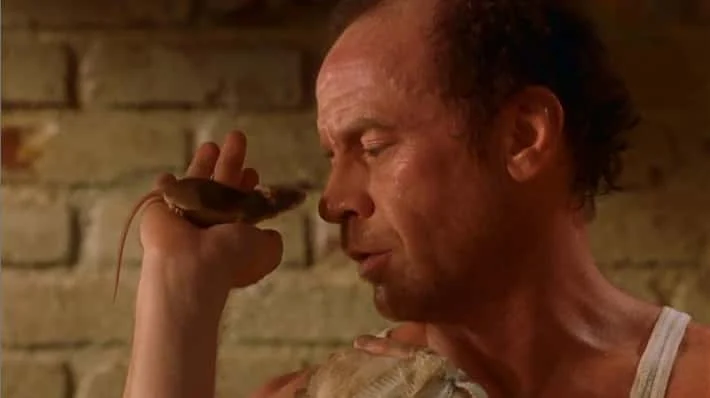
Multiple well-trained mice portrayed the character of Mr. Jingles, the rodent companion of inmate Eduard Delacroix. Each of these mice was taught particular actions like scurrying towards a spool or remaining motionless in an actor’s grip.
For several months, animal trainers meticulously prepared the mice for their roles, resulting in captivating performances that endeared Mr. Jingles to many viewers. This adorable mouse brought a touch of affection and relatability to what would have otherwise been a cold environment on screen.
Stephen King Was Deeply Impressed by the Adaptation
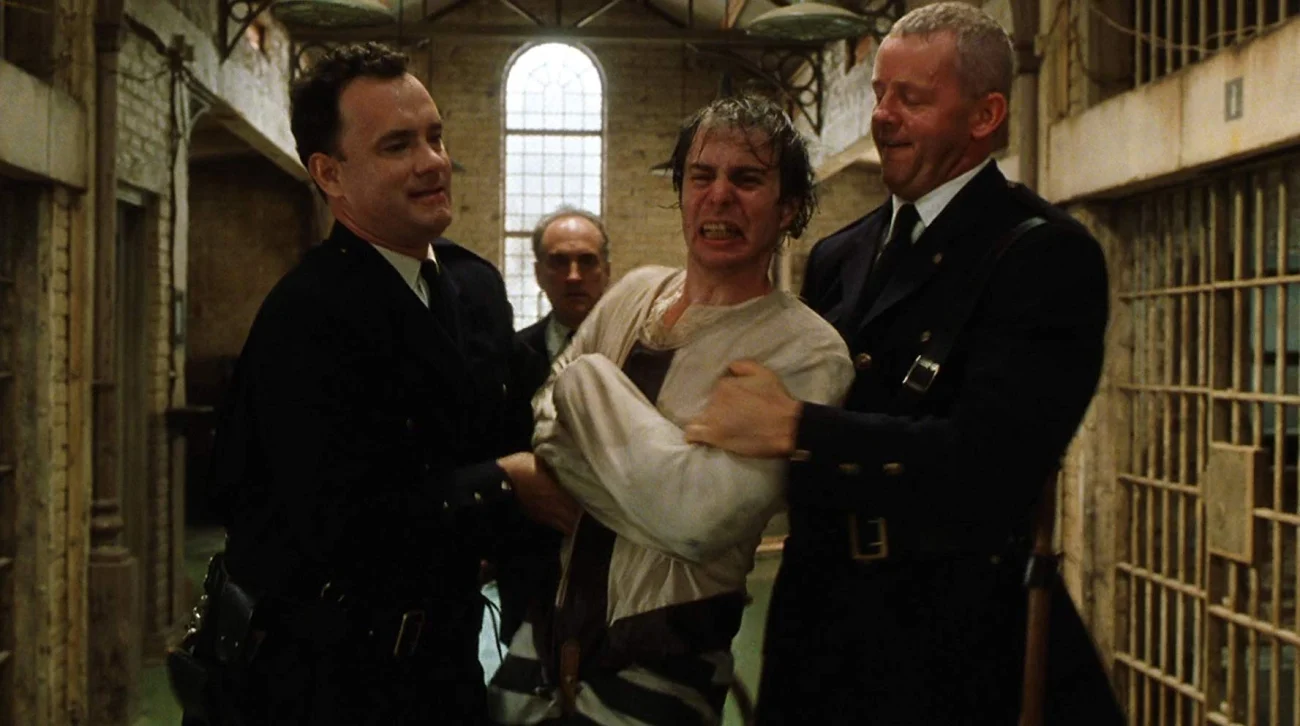
Stephen King often expresses criticism towards movie versions of his novels, yet he holds ‘The Green Mile’ in high regard, singling it out as one of the top adaptations. He was particularly impressed with director Darabont’s ability to encapsulate not only the story’s mood but also the heartfelt emotions of the characters.
King found Michael Clarke Duncan’s depiction of John Coffey to be exceptional, surpassing even his personal conception of the character. The movie adaptation of this work turned out to be one of his most successful translations into film.
The Actors Formed Strong Bonds During Filming
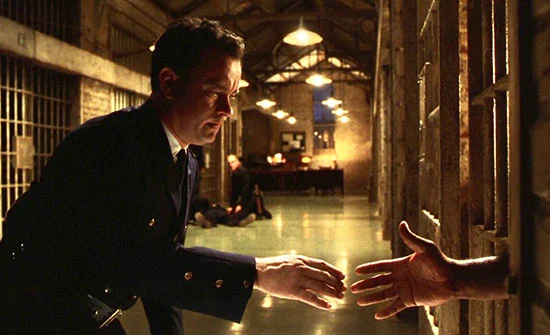
Because the filming took place over a considerable distance and was carried out in a restricted environment, the actors formed strong bonds off-camera. During breaks from filming, Tom Hanks, Michael Clarke Duncan, and David Morse frequently socialized together, thereby strengthening the feeling of camaraderie portrayed in the movie.
In a very authentic manner, the off-screen camaraderie among the cast members translated into their on-screen roles, creating a palpable sense of sincerity in the relationships between guards and prisoners. The film’s emotional impact was significantly bolstered by the genuine atmosphere that prevailed during the production process.
The Movie Runs Over Three Hours
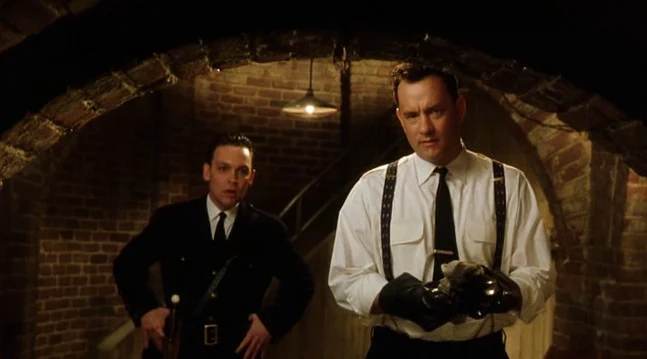
Over a duration of over three hours, ‘The Green Mile’ stands as one of the lengthiest mainstream Hollywood dramas produced during its era. The director, Frank Darabont, was firm about extending the running time to delve deeply into character development and intricate plotlines.
Regardless of its extended duration, the film managed to maintain an engaging rhythm and powerful emotional resonance, holding the audience’s attention. Subsequently, it garnered numerous Oscar nominations and universal praise, demonstrating that its lengthy runtime did not dilute its impact in any way.
Doug Hutchison Was Much Older Than His Role
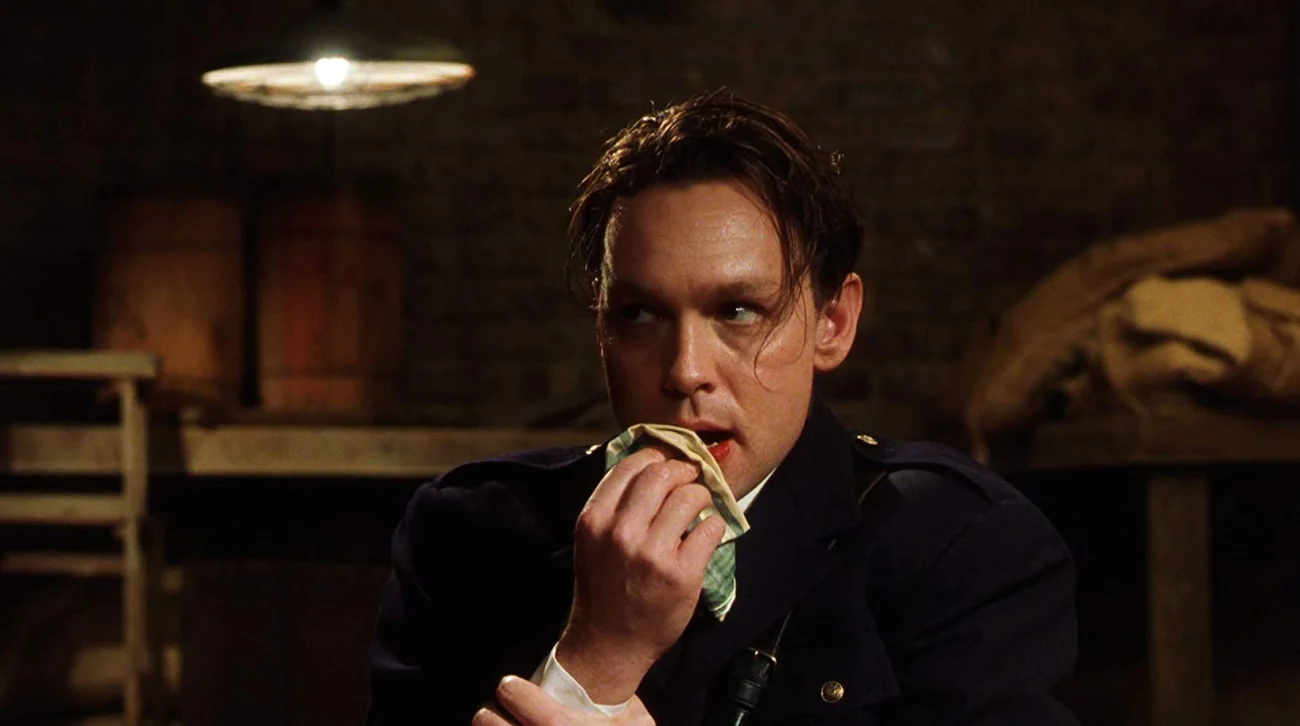
During the filming, Doug Hutchison, portraying the character Percy Wetmore (a role that required a much younger appearance), was already in his late thirties in real life.
I can’t help but feel a strange sense of authenticity in playing Percy, the ruthless and immature character, as it seemed audiences frequently mistook me for someone closer to his intended age. Hutchison’s performance, remarkably, emerged as one of the most memorable villainous portrayals within the film.
The Film Was a Major Awards Contender
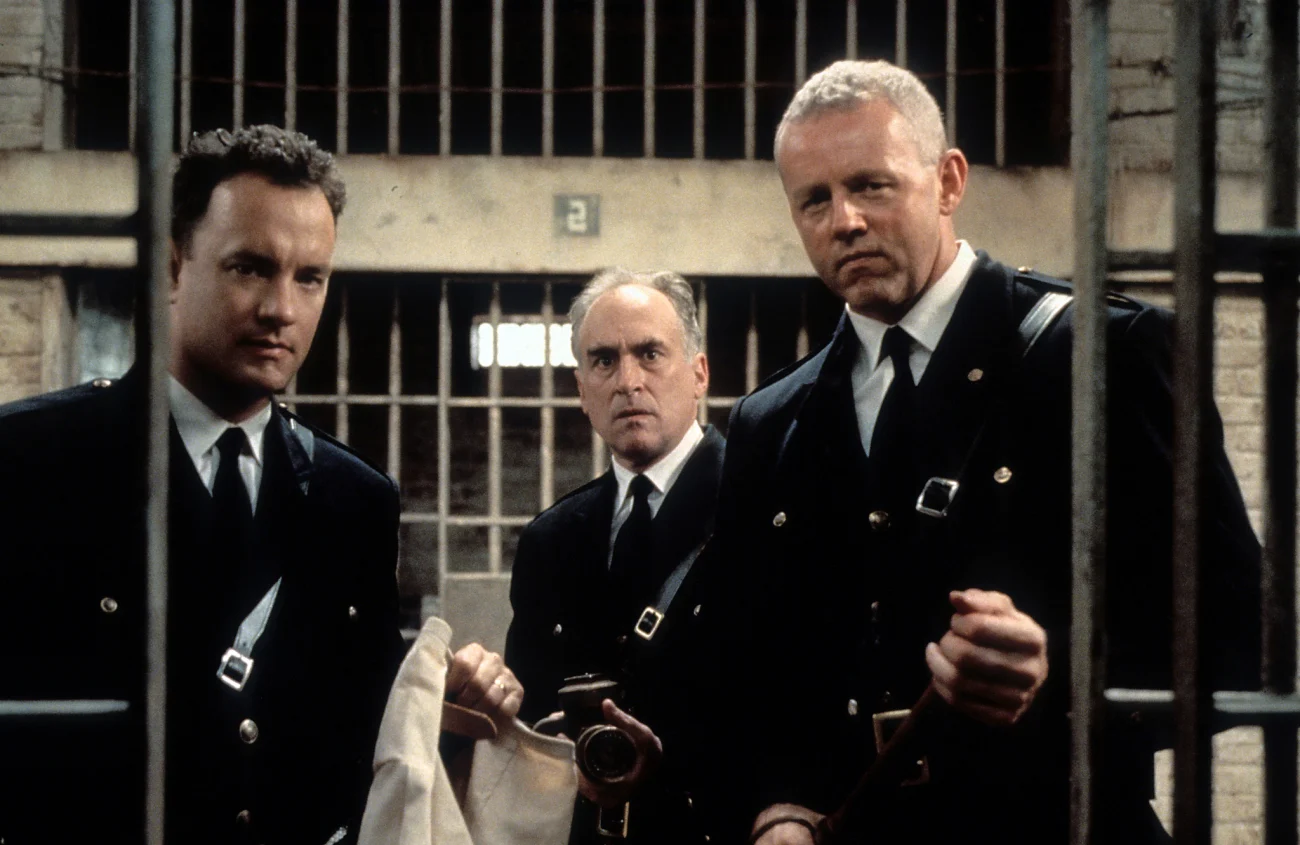
‘The Green Mile’ was nominated for four prestigious Academy Awards: Best Picture, Best Supporting Actor (Michael Clarke Duncan), Best Sound, and Best Adapted Screenplay. Although it didn’t take home any awards, the nominations solidified its status as one of the most admired films of the year.
The film’s success clearly demonstrated that Frank Darabont possesses a unique talent for transforming Stephen King’s stories into compelling, critically acclaimed movies. Moreover, the numerous nominations underscored the widespread appreciation of the movie by both viewers and critics alike.
The Title Has a Symbolic Meaning
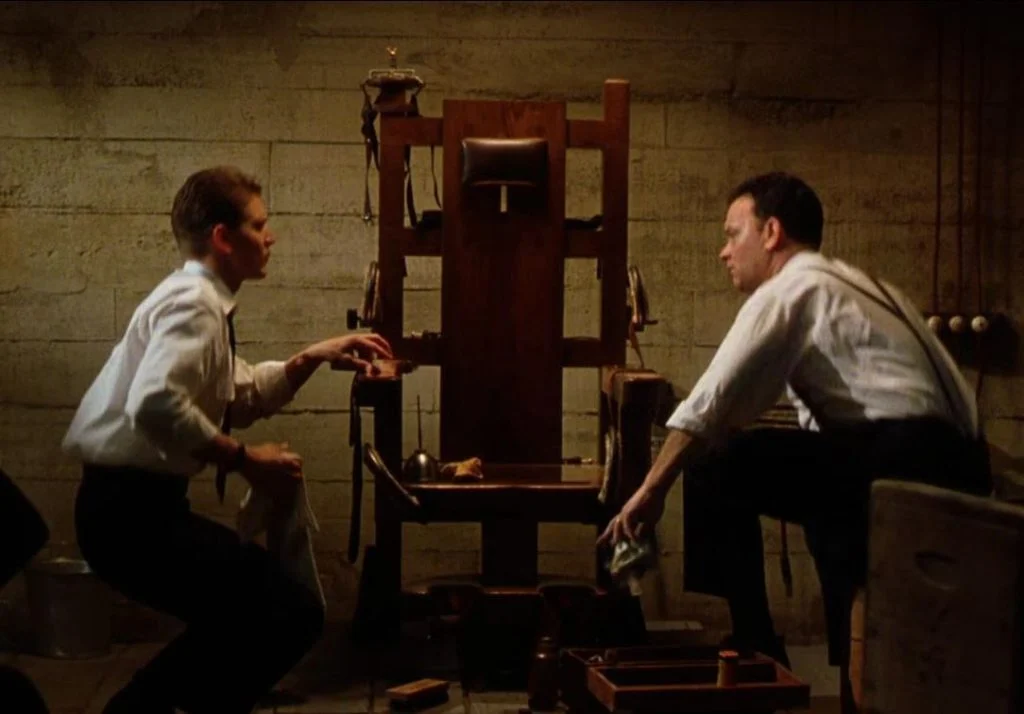
The “Green Mile” signifies the pathway of a luminous green linoleum, which leads to the electric chair. This term was employed among correctional officers to denote the last stroll undertaken by condemned prisoners prior to their execution.
The significant title underscored the film’s recurring motifs about mortality and fairness. It lent an eerie air of destiny to the narrative, intensifying the emotional scenes.
Read More
- Bitcoin’s Ballet: Will the Bull Pirouette or Stumble? 💃🐂
- Gold Rate Forecast
- LINK’s Tumble: A Tale of Woe, Wraiths, and Wrapped Assets 🌉💸
- Dogecoin’s Big Yawn: Musk’s X Money Launch Leaves Market Unimpressed 🐕💸
- Binance’s $5M Bounty: Snitch or Be Scammed! 😈💰
- SentinelOne’s Sisyphean Siege: A Study in Cybersecurity Hubris
- Can the Stock Market Defy Logic and Achieve a Third Consecutive 20% Gain?
- Ethereum’s $3K Tango: Whales, Wails, and Wallet Woes 😱💸
- Navitas: A Director’s Exit and the Market’s Musing
- VUG vs. VOOG: A Kafkaesque Dilemma in Growth ETFs
2025-08-21 19:08